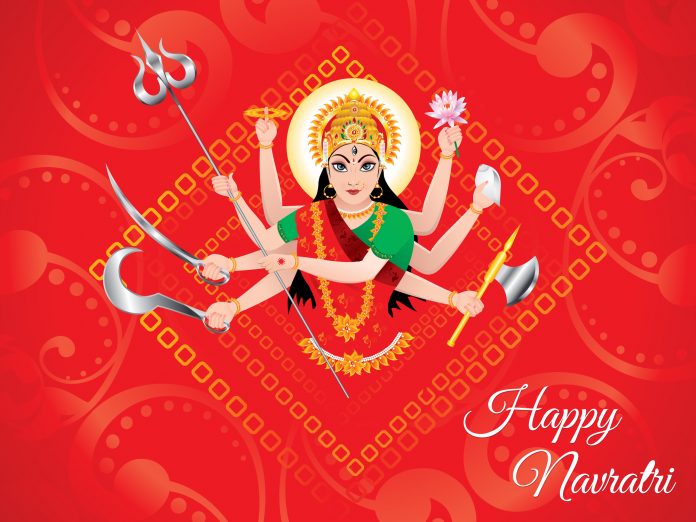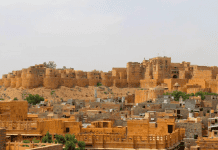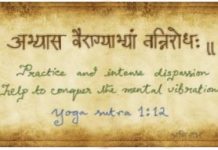Following the period of austerities of shraddh, Navratri flags off the festive season of dance and divinity. During the Navratras (Navratri), Durga is worshipped and invoked with kalash, flowers, and prayers.
Folk legend says the evil forces of demon Mahishasura posed a threat to humanity. All the gods combined their resources to arm Goddess Durga who, after nine terrible days and nights of battle, defeated the wicked asura who appeared in the form of a demon buffalo on the tenth day. The other tenet is that Shakti is worshipped in nine forms: Mahakali, Mahalakshmi, Mahasaraswati, Yogamaya, Raktdantika, Shakkubhari, Shri Durga, Brahmri, and Chandika.
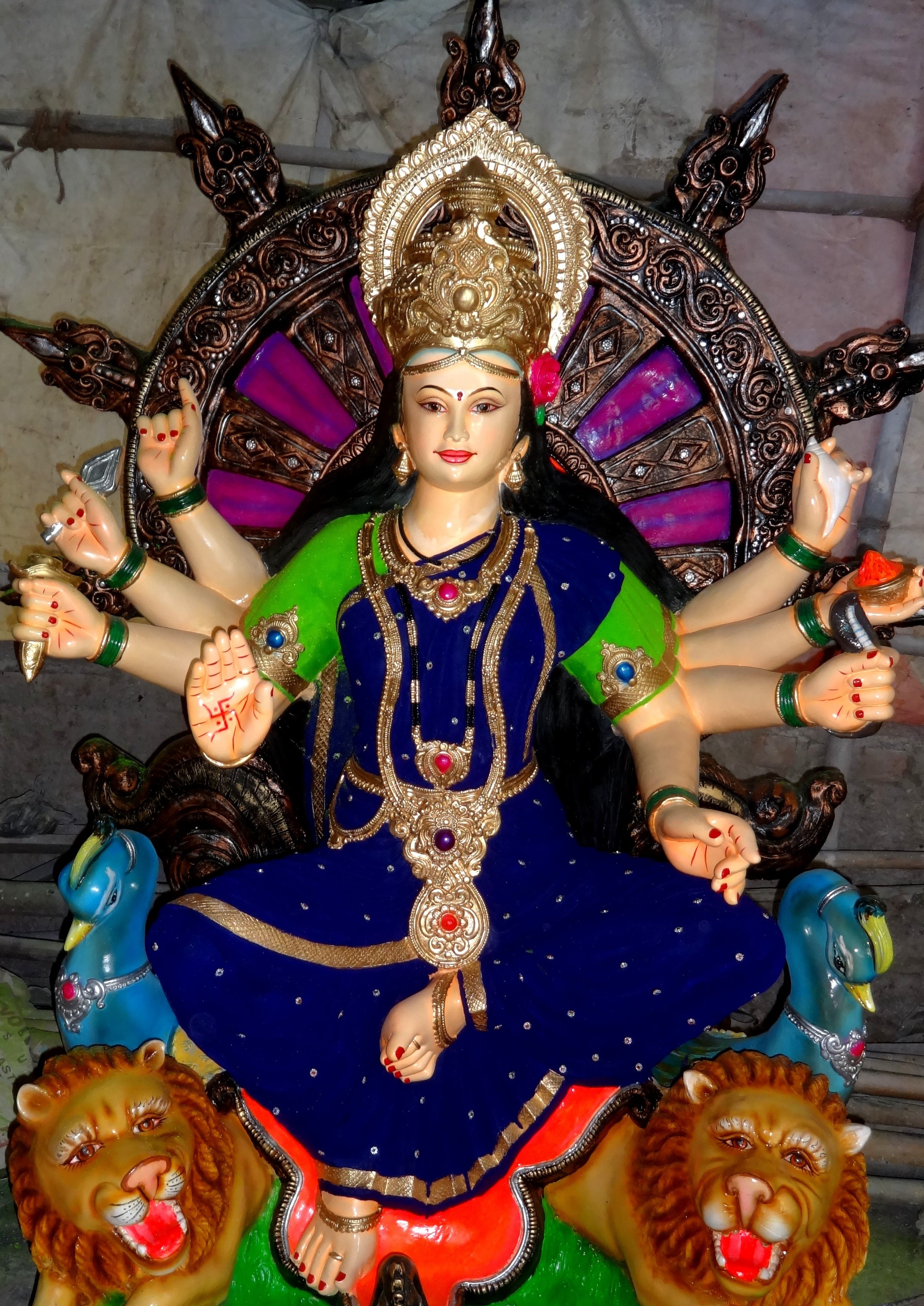
In Mumbai, huge pandals are erected and murtis of Durga set up with beautiful adornments. All the ancient shlokas, mantras, and puja intricacies are observed and blended with modern aspects like good lighting arrangements and stage props. Besides, the various aesthetic facial features of Maa Durga over the years have charmed everybody. Mellifluous Bengali tunes welcome devotees for a darshan of Maa.
The more popular aspect of the celebrations is the partaking of bhog (cooked in huge utensils specially made for the puja) by more than 25,000 people from all over Mumbai on the three holy days of Saptami, Ashtami, and Navami. The ‘holy’ bhog consists of Kichadi, a tangy Bengali mixed vegetable dish called ‘labda’, payesh, and rossogollas. Hindi film stars like Kajol and Rani Mukherjee attend the Sarbojanik Puja Pandal in Mumbai.
In Gujarat, it is garbha and dandiya time with divine melody giving way to disco beats. Across the country, Durga Puja commences on the fourth day of the Navratras. An amazing array of Durga idols are crafted by skilled artisans. A plethora of mediums including sholapith, coconut husk, cloth, and betel nuts are used to craft the idols. On the tenth day or Bijoya or Vijayadashami, Maa Durga is given a symbolic send-off when the idols are carried in procession and immersed in water bodies.
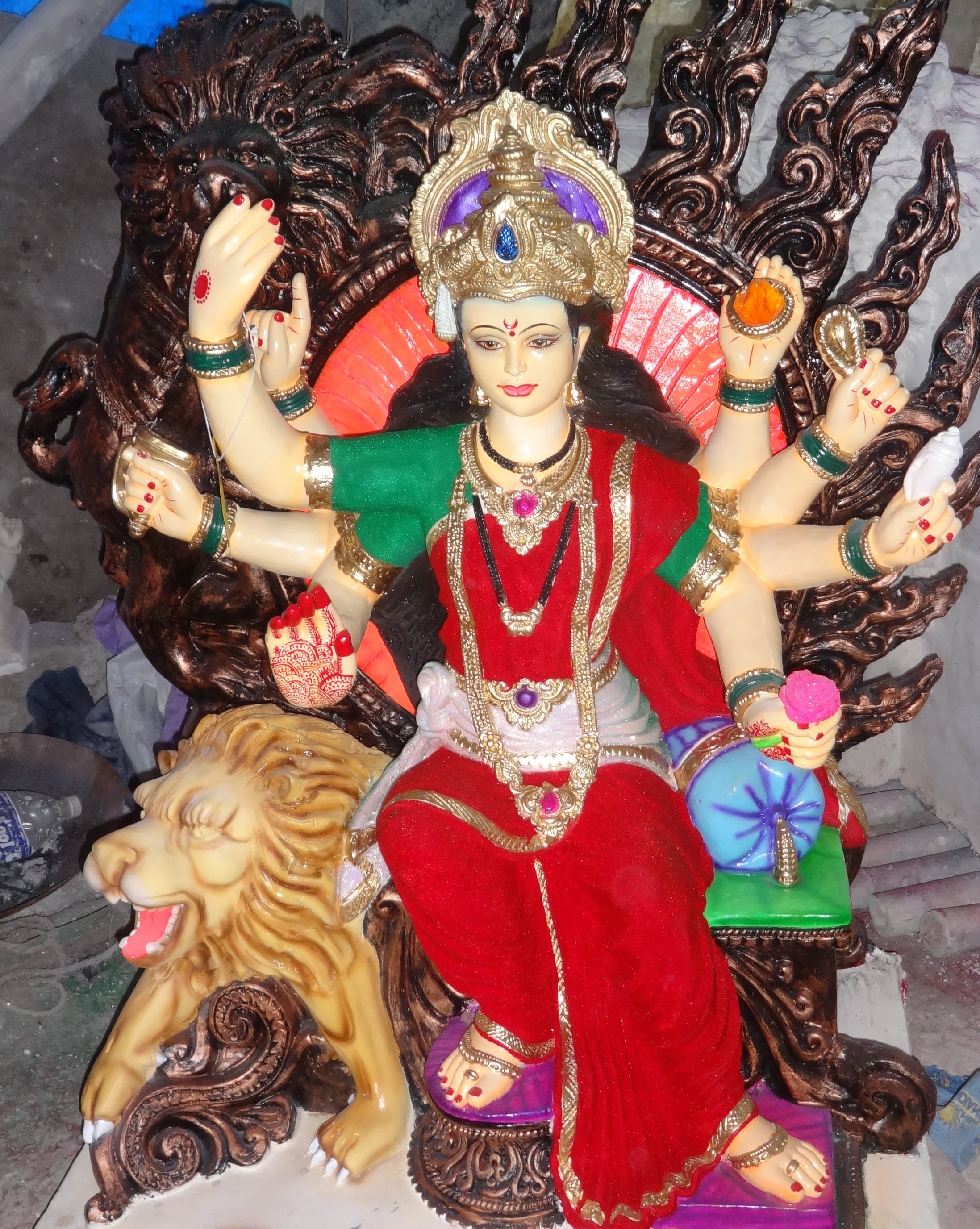
In some parts of India, all through the Navratras, Ram Leelas use the myth of several versions of Ramayan to put on stage performances. All over northern India, the culmination happens on Dussehra with three gigantic effigies of Ravana, Meghanath, and Kumbhakarana being set aflame by the actor in the guise of Rama, by shooting an arrow into Ravana’s navel.
Down south, the city of Mysore is synonymous with its annual Dussehra procession. Chamundeshwari, the patron goddess of the Mysore royal family, is worshipped with great fervor. The celebrations begin 10 days in advance in Kullu and as per tradition, Gods and Goddesses, along with their retinue of musicians and attendants, descend from the peaks on Kullu valley to make merry and attend the durbar of Lord Raghunath, who was brought from Ayodhya around 300 years ago. The bottom line of any Indian festival is the significance of the victory of good over evil!


